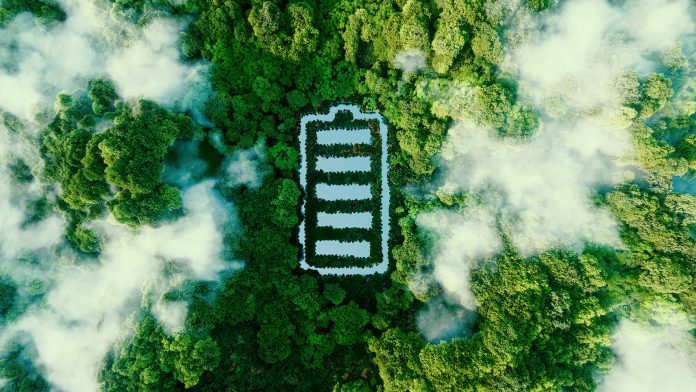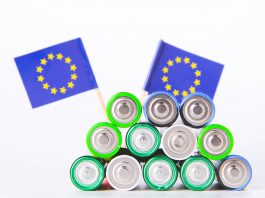KIT researchers are aiding more efficient and sustainable battery recycling methods through material recovery from lithium-ion batteries.
These battery recycling methods are based on directly recycling active materials from spent batteries or production waste.
“The active materials are no longer dissolved completely. Instead, they are decomposed into their constituents and separated mechanically so that highly pure fractions can be recovered,” explained Dr Marco Gleiß from KIT’s Institute for Mechanical Process Engineering and Mechanics.
The project has received around €3m in funding from the Federal Research Ministry.
Why material recovery is more efficient than decomposition
By means of current battery recycling methods, cells are crushed and active materials are dissolved down to the molecular level for later extraction from the liquid in the form of metal salts.
This means 90% of critical elements, such as cobalt, nickel, and manganese, can be recovered.
However, consumption of energy and chemicals is very high, and even more energy and raw materials are required to produce new battery materials from the materials extracted.
By contrast, new, highly promising approaches are based on the direct recycling of active materials from spent batteries or production waste.
Active material recovery is still new to the battery recycling industry
Such a direct battery recycling process is not yet used in industry, as the behaviour of the recycled material cannot be predicted.
Criteria and rules to assess the usability of the aged material are still lacking, and so are economically efficient solutions to decompose different battery packs into their constituents with a reasonable expenditure.
Dr Thomas Dreyer from Weber Ultrasonics AG explained: “These aspects are addressed by our project. It primarily covers the development of an agile process chain for directly recycling lithium-ion batteries and the regeneration of the recovered active materials.”
He also pointed out that it is important that the process can be adjusted to various starting materials of battery production and production waste and can be used to recycle various battery types and designs.
Gleiß concluded: “We also want to replace the energy-consuming steps of today’s battery recycling processes, the objective being to obtain sustainable recyclates of a high quality.”








